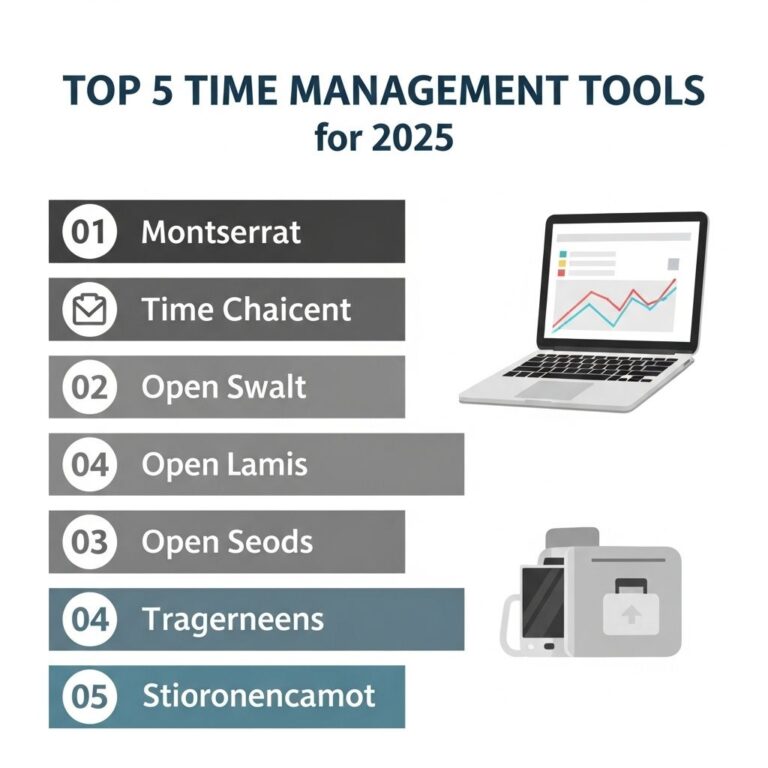In today’s fast-paced world, maintaining consistent habits can be a challenge. A habit tracker can be an essential tool for anyone looking to instill positive changes in their routine. This article explores the steps to create an effective habit tracker, the tools you can use, and strategies to ensure that you remain committed to your goals.
Table of Contents
Understanding Habit Tracking
Habit tracking is not just about recording actions; it involves analyzing patterns and making adjustments to improve overall behavior. Whether you want to build healthier lifestyle habits, increase productivity, or decrease procrastination, a habit tracker can help you visualize your progress and hold you accountable.
Benefits of a Habit Tracker
- Increased Accountability: By tracking your habits, you commit to your goals.
- Visual Progress: Seeing your progress in a tangible format can motivate you to continue.
- Behavioral Insights: Analyzing your tracking can reveal patterns or triggers in your habits.
- Flexibility: You can customize your tracker to fit your unique needs and preferences.
Choosing the Right Format
Habit trackers can be created in various formats depending on your preferences and lifestyle. Here are some popular methods:
1. Digital Habit Trackers
There are numerous apps available that can help you track your habits digitally. Some popular options include:
| App Name | Platform | Key Features |
|---|---|---|
| Habitica | Web, Android, iOS | Gamifies habit tracking |
| Streaks | iOS | Focus on building streaks |
| HabitBull | Android, iOS | Visual graphs and reminders |
| LifeRpg | Web, Android | Role-playing game elements |
2. Physical Habit Trackers
If you prefer a tangible approach, you can create a physical habit tracker. Here are a few options:
- Bullet Journal: Use a bullet journal to create custom layouts.
- Printable Trackers: Download and print habit tracker templates.
- Wall Charts: Create a large visual chart that you can hang on your wall.
Designing Your Habit Tracker
Once you’ve decided on the format, it’s time to design your tracker. Consider the following elements:
1. Define Your Habits
Clearly outline the habits you want to track. Be specific and focus on a manageable number of habits at first. For example:
- Drink 8 cups of water daily
- Exercise for 30 minutes
- Read for 20 minutes
2. Set a Time Frame
Determine how long you will track your habits. A month is a common time frame, but you may track for longer or shorter periods based on your goals.
3. Create Your Layout
Design your layout according to your chosen format. For digital trackers, explore customization options within the app. For physical trackers, sketch a grid with columns for each day and rows for each habit.
Keeping Yourself Accountable
Accountability is crucial for successfully building new habits. Here are strategies to enhance your commitment:
1. Find an Accountability Partner
Sharing your goals with a friend or family member can help keep you motivated. You can check in with each other regularly to discuss progress.
2. Set Reminders
Most digital trackers have built-in reminders. If using a physical tracker, consider setting alarms or sticky notes in visible locations.
3. Reward Yourself
Establish a reward system for milestones achieved. For instance, after tracking your habits for a week, treat yourself to something special.
Analyzing Your Progress
After you have tracked your habits for a period, it’s essential to review and analyze your data. Here are some methods to do that:
1. Review Your Achievements
Look back at the days or weeks in which you successfully completed your habits. Celebrate these achievements and acknowledge the positive changes.
2. Identify Patterns
Determine what factors contributed to your success or setbacks. Were there specific times of day that you were more productive? Did any external factors influence your ability to stick with your habits?
3. Adjust Your Goals
Based on your analysis, consider adjusting your habits or the difficulty level. If you find a habit too challenging, break it down into smaller steps, or make it more manageable.
Conclusion
Creating a habit tracker is an effective way to instill positive changes in your life. By following these steps, you can build a personalized tracking system that not only helps you maintain accountability but also visualizes your progress. Remember that the key to success is consistency, so stay committed, analyze your journey, and adjust as necessary. Embrace the journey of habit-building, and enjoy the benefits that come with it.
FAQ
What is a habit tracker?
A habit tracker is a tool used to monitor and record the progress of your habits over time, helping you to develop consistency and accountability.
Why should I use a habit tracker?
Using a habit tracker can boost your motivation, provide visual feedback on your progress, and help you stay committed to your goals.
How do I create my own habit tracker?
To create a habit tracker, start by selecting the habits you want to track, then choose a format such as a journal, spreadsheet, or mobile app to record your daily progress.
What features should I include in my habit tracker?
Consider including features like daily checkboxes, progress bars, notes sections for reflections, and monthly summaries to evaluate your progress.
Can I use a digital tool for habit tracking?
Yes, there are many digital tools and apps available that can help you track your habits easily, often with added features like reminders and analytics.
How often should I update my habit tracker?
It’s best to update your habit tracker daily or weekly to maintain a clear picture of your progress and stay motivated.









